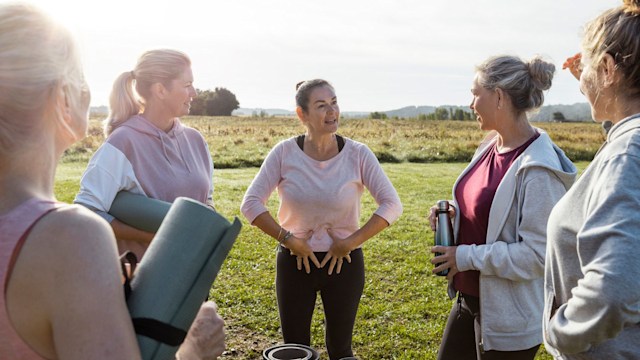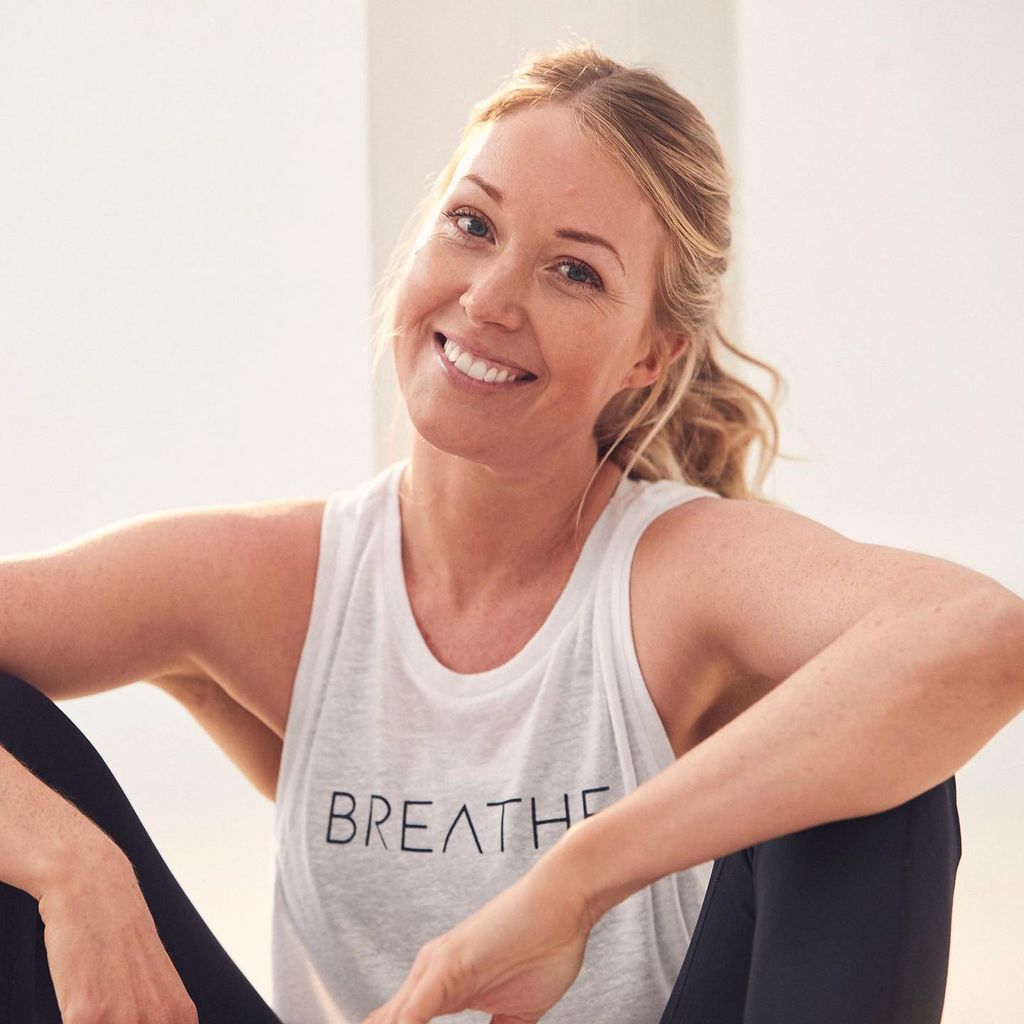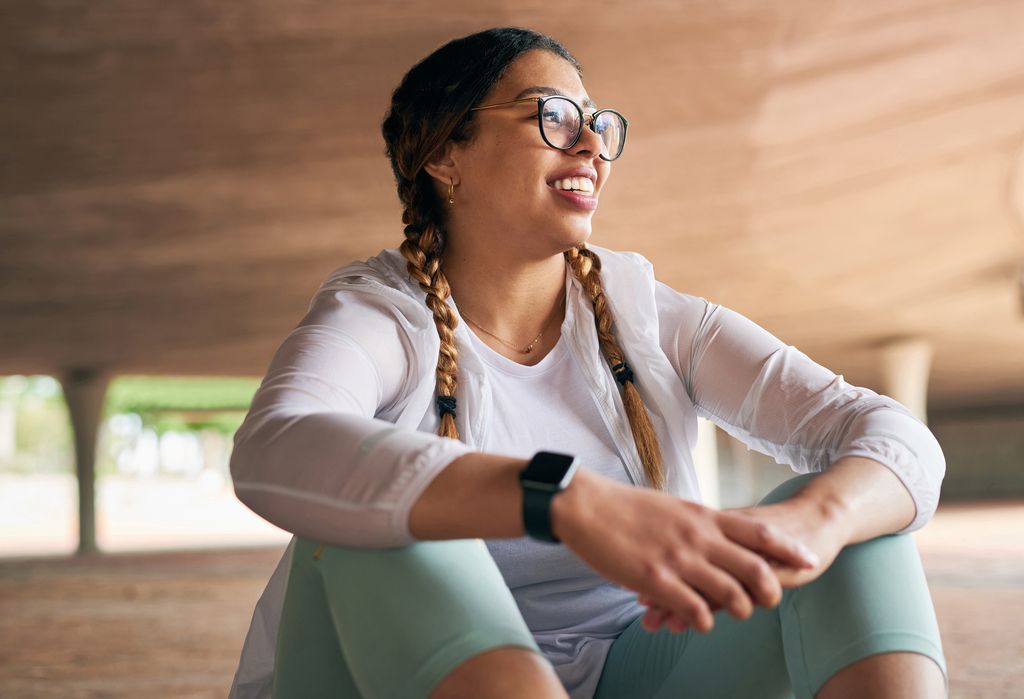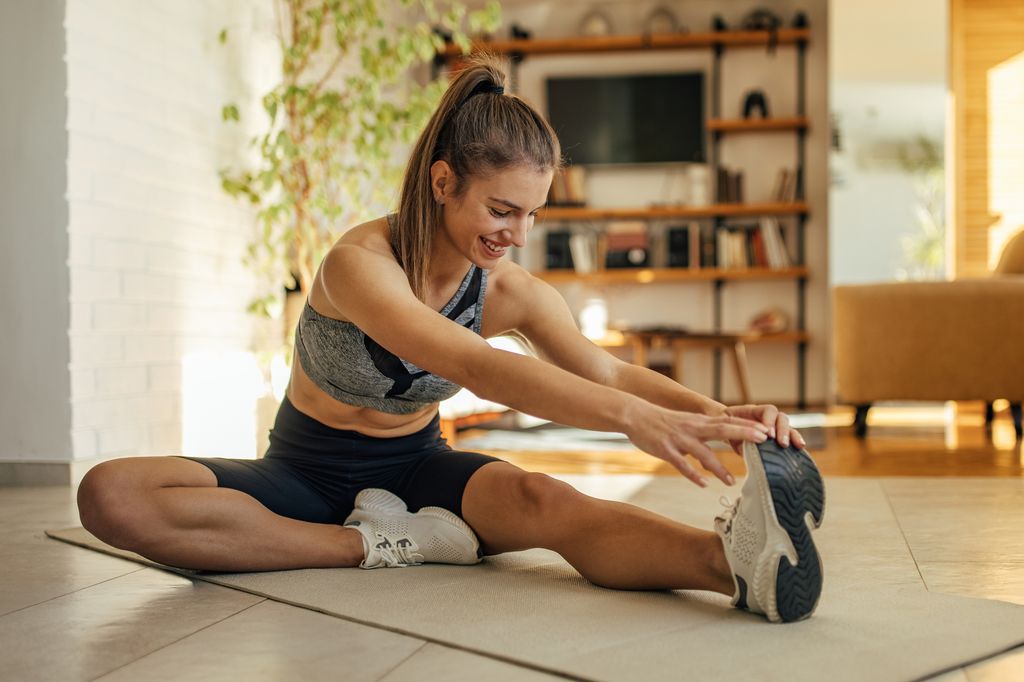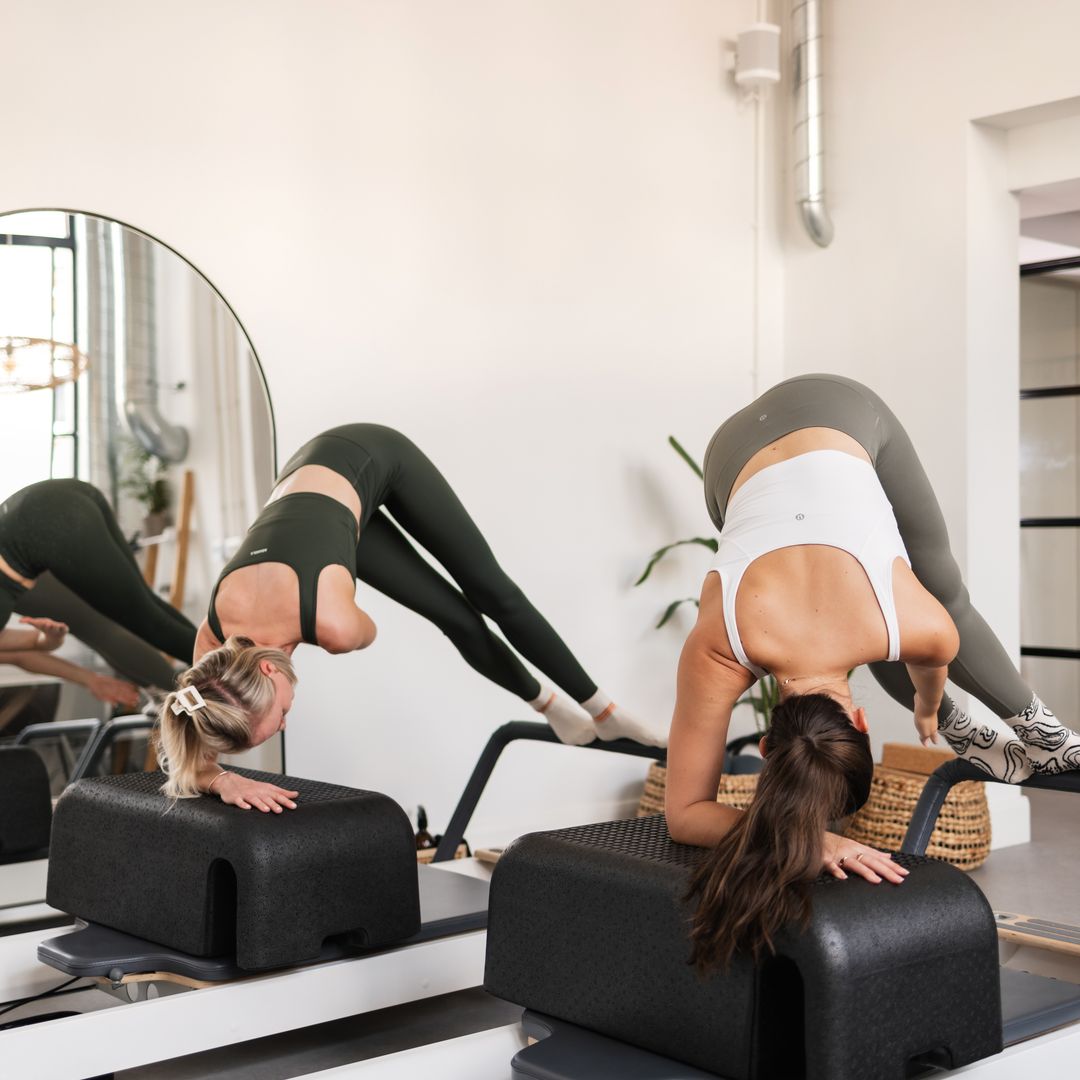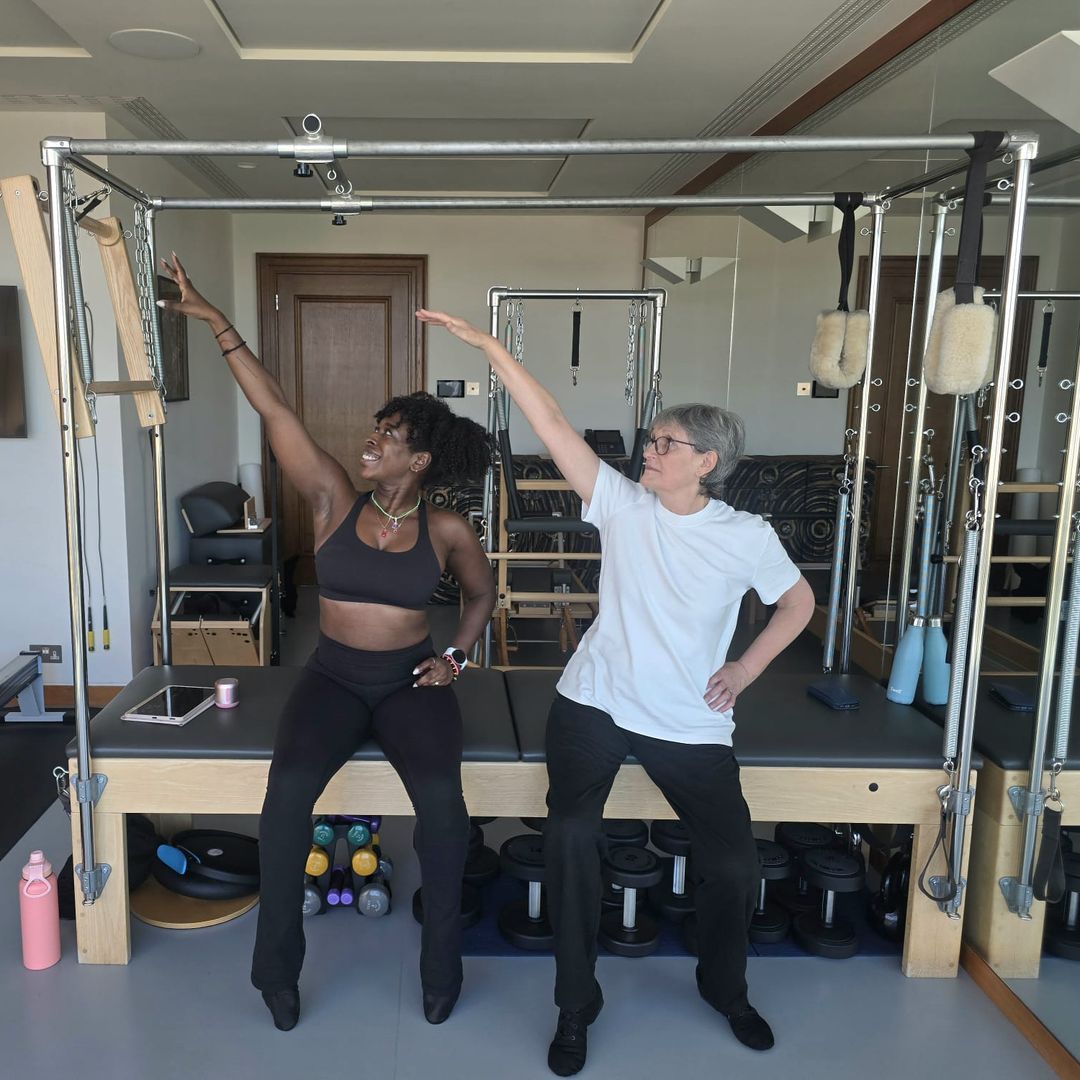As a new mum, it can feel like there are endless barriers when it comes to working out. From having less free time and spinning lots of plates, to operating on little sleep and being constantly needed by a little person, there are many reasons you might not have time to fit in exercise.
One barrier that personal trainer and post-natal fitness expert Nicole Chapman sees her new-mum clients struggle with is pelvic floor weakness. "As a specialist women’s personal trainer, I get a lot of clients who have urinary incontinence as a result of pelvic floor dysfunction and are told to not exercise," Nicole says. "I see the psychological effect this has on many women in the way they go about their everyday life and the stigma wrongly attached to such diagnosis considering the amount of women who this affects."
Indeed, more people than you might realise suffer from pelvic floor weakness. "Almost one-quarter of women at some stage in their life will experience pelvic floor dysfunction to varying degrees – and it will affect women differently at different stages of their life," says Nicole, before adding: "It is however more commonly seen in women who are pregnant or have given birth, perimenopausal or menopausal women or older women with age degenerative frailty."
Though pelvic floor issues are a barrier when it comes to working out, Nicole shares her hopes for dispelling the idea that you can't work out with a weak bladder.
"To see a change we need to start having more open and honest conversations surrounding incontinence and start empowering women to not only seek professional advice but support them with physical activity. There is so much you can do that will actually help your symptoms and that includes lifting weights.
"A lot of women start training with me who have accepted incontinence issues or other symptoms as just 'part of the result of childbirth'- this absolutely does not have to be accepted as part of your day-to-day life.
"It’s never too late to get help. We really need to change the narrative surrounding acceptance. I have many clients with prolapses and incontinence issues who are now running (even marathons), lifting impressive weights and their symptoms are now functional."
How to strengthen your pelvic floor, according to a PT
When returning to any exercise after having a baby it is important that you have your GP sign off, Nicole advises. "I would always recommend seeing a women’s physio (Mummy MOT) from six weeks if funds allow," she adds.
1. Make your pelvic floor your priority
"It is vital you do the groundwork before jumping straight into any high-impact activities – this means working on your pelvic floor as a priority," says Nicole.
"Your pelvic floor becomes weakened during pregnancy so if you do not take the time to focus on healing and strengthening your pelvic floor it can lead to huge problems including pelvic organ prolapse, pain, incontinence issues and injury.
DISCOVER: Brain fog? Try this super simple way to clear it
"For my clients before returning to higher impact activities such as running or heavier strength training, I spend six weeks working on rehabilitating the pelvic floor through progressive strength training (starting with bodyweight exercises and breathwork), and focussing on building a strong core, glutes and hips to ensure you have pelvic stability."
Elevated hamstring glute bridge, squats, heel slides, bear holds (isometric holds), and kegel exercises are all great for strengthening your pelvic floor or rehabilitating conditions such as a prolapse, says Nicole. "Building a strong core in through strength training moves will be beneficial," she adds.
2. Focus on breathing
"Your best friend in all exercises will be your breathing – a top tip is to aim for a deep diaphragmatic breath (not the shallow blowing out of a candle breath). Aim for a loud exhale that enables your rib cage, abdomen and diaphragm to work together to expel the air.
"This engages your core. By working on this deep belly breathing, over time you will strengthen your core function. This is a huge bonus as a strong core enables us to perform daily tasks more easily. And, it gets even better – deep breathing also improves pelvic floor dysfunction by keeping the muscles strong and flexible."
RELATED: How to work out during menopause according to a PT
3. Lifestyle changes
Lifestyle plays a huge part in your pelvic floor health, according to Nicole. Maintaining a healthy weight, following a balanced diet, reducing caffeine and alcohol intake, not smoking and exercising regularly all have a hand in improving bladder weakness.
To find out more about Nicole’s online strength programmes, designed for all abilities, visit www.nicolechapman.com and follow @iamnicolechapman on Instagram.
